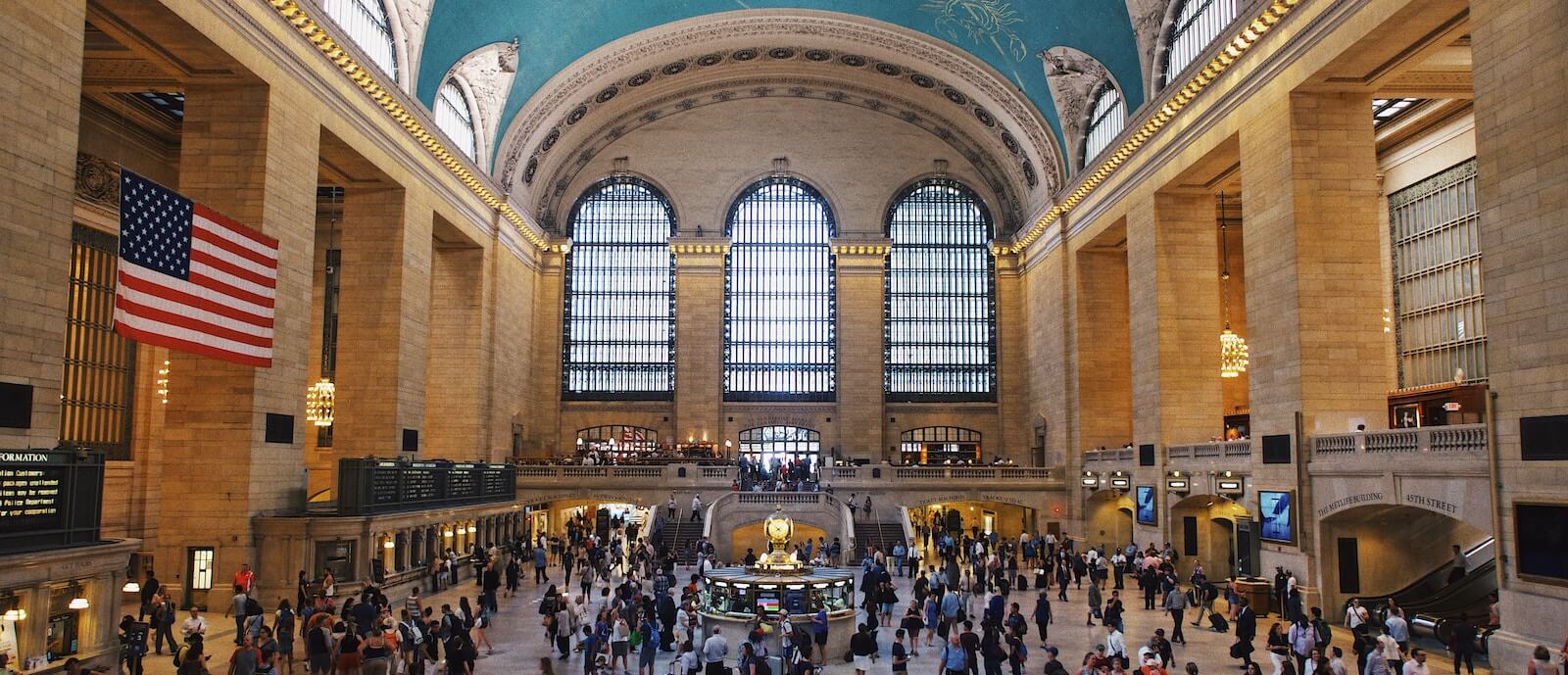Transit As Social Infrastructure
This post is inspired by a wonderful 99 Percent Invisible podcast episode where Roman Mars interviews sociologist Eric Klinenberg. I love the term “social infrastructure” coined by Eric and his exploration of libraries as crucial and adaptive elements of the social fabric.
I strongly believe that the transit sector should also consider itself social infrastructure, along with the more obvious libraries and parks. Through its wildly disproportionate use in urban spaces, the single occupancy personally owned car has done tremendous harm to the social fabric, and transit can and should play a major role on repairing the damage. Just a few examples of how that can work off the top of my head:
- Transit centers should be invested in so that they can also serve as “palaces for the people”, places where people can safely and comfortably share space with all the other people in the community getting where they need to go. The trend towards mobility hubs—where multiple travel modes are clustered, often alongside retail like grocery stores and food carts—fits in perfectly with this vision. To bring things around full circle, let’s put libraries on the short list of ideal amenities to have at or near mobility hubs.
- Buses, the most efficient and effective social infrastructure on wheels in most cases, should be given deference most any time there is congestion or conflict with other modes, be it through signal priority, dedicated bus lanes, or other clever tools. In one stroke that’s valuing both the efficient over the inefficient and the pro-social over the unsocial.
- The lowly bus stop can take a cue from the roadside temple and find opportunities for the community to embellish them with public art. Here in Portland, TriMet has done some nice work to make bus shelters more than just utilitarian.
- Portland has also taken pains to make transit the best way to get to the home games of our two major league sports teams. It’s fun to see the family and community camaraderie aboard a packed light rail car before or after a game.
When transit fulfills its role as social infrastructure well, the resulting goodwill shows up in ways big and small. In Portland we have the tradition of greeting our bus operators as we board and thanking them as we get off, often yelling it from the back door. It’s a small token of appreciation that shows how the riders value the service and the people who make it work every day.
It’s through narrowly focused infrastructure engineering that we’ve lost or undervalued transportation as a vital part of maintaining the social fabric. It’ll be through widening the lens of what needs to be considered in design that we can begin to reverse the damage done, and Eric Klinenberg’s work highlights the value of doing so.
Most of us can’t make it to a library very often, but for many of us transit is where we can most easily mix and mingle, see and be seen, meet strangers and find familiar faces. To the extent that we who work in transit can acknowledge and embrace our services and places as critical social infrastructure, we stand to gain greater community support to help solve the big social and environmental problems facing us all.
